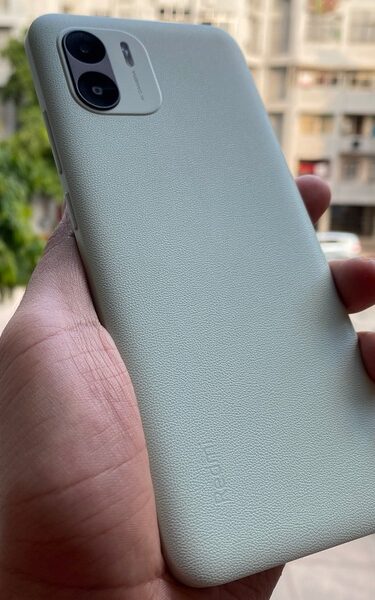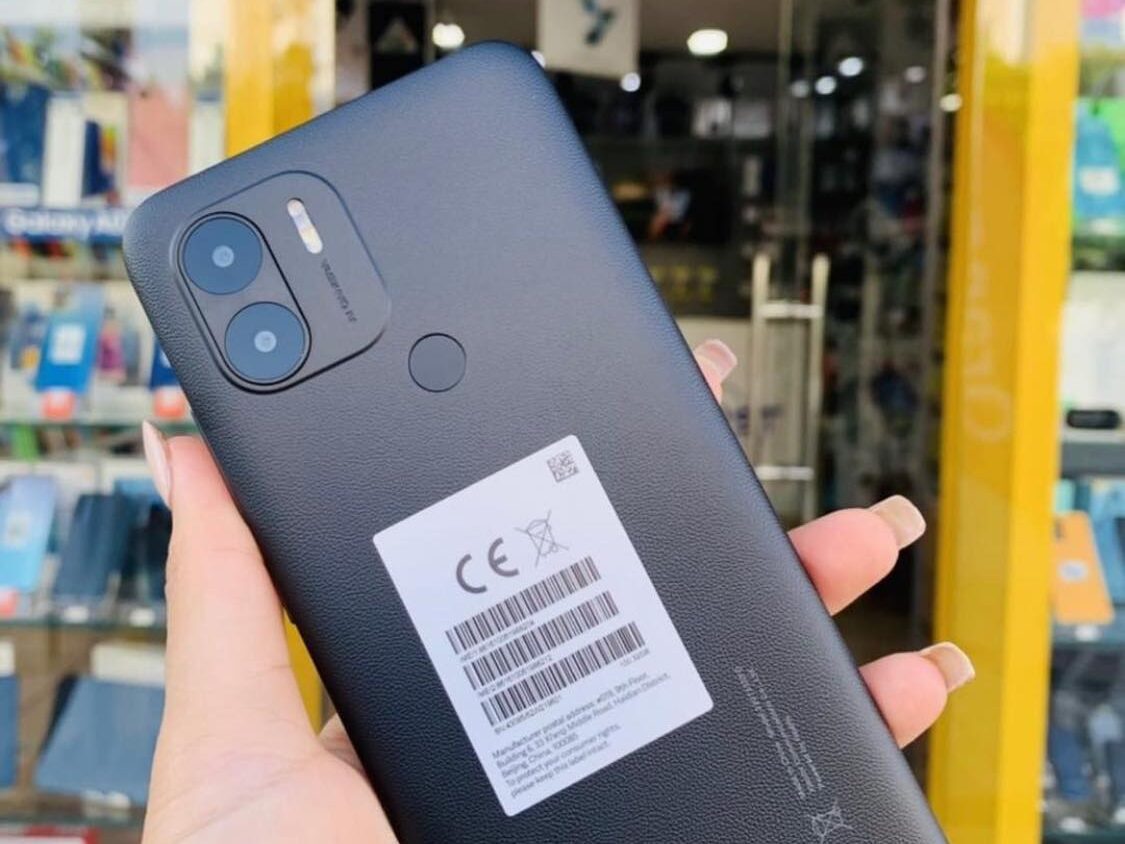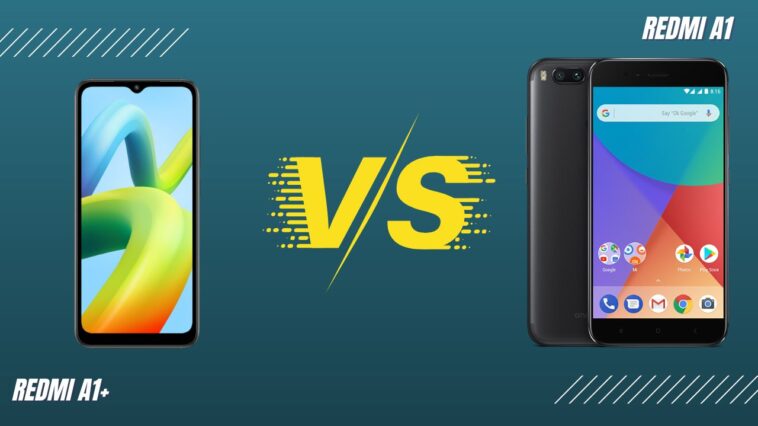Table of Contents
Redmi A1 and A1 Plus are two new Android Go smartphones that Xiaomi has announced as part of its budget line. Both of these phones have large displays and fresh new designs. The smartphone is merely Rs 6,499 on Amazon and Xiaomi’s online sites, and it comes in three gorgeous colors. Let’s see how the phone performs in actual use and determine whether it’s still a good investment after the release of the Redmi A1+.
The Redmi A1+, the newest low-cost smartphone from Chinese smartphone manufacturer Xiaomi, was added to the Redmi lineup. Both the 2GB RAM and 32GB internal storage base model and the 3GB RAM and 32GB storage options are available for the phone. Let’s compare the Redmi A1+ and Redmi A1 in-depth to determine which low-cost smartphone is ideal for you.
Redmi A1+ Vs Redmi A1: Comparison Table
| Features | Redmi A1+ | Redmi A1 |
| Launching Year | 2022 | 2022 |
| Brand | Xiaomi | Xiaomi |
| Model Name | Redmi A1+ | Redmi A1 |
| Series | Redmi A Series | Redmi A Series |
| Card Slot | Yes, upto 512 GB | Yes, upto 512 GB |
| Display | Color IPS LCD Screen (16M Colors) | Color IPS LCD Screen (16M Colors) |
| Sim Type | Dual Sim, GSM+GSM | Dual Sim, GSM+GSM |
| RAM | 2 GB | 2 GB |
| Storage | 32 GB | 32 GB |
| Online Pricing Range | ₹6,999 | ₹6,299 |
| Customer Ratings | — | 3.5/5 |
READ MORE: Motorola Edge 30 Fusion Vs Motorola Edge 20 Fusion: Which One is Better?
Redmi A1+ Vs Redmi A1: Detailed Analysis
Display and Design

The Redmi A1 is an entry-level smartphone in the Redmi A-Series with a starting price of 6,499 rupees. In terms of appearance, the phone features a rear that has a slightly premium appearance; it has a smudge-free leather texture design and feels wonderful in your hand, providing a secure grip. The Redmi A1 boasts a decent build quality and an attractive all-around appearance. The Redmi 9A Sport, one of the more affordable smartphones, has a single camera on the back, so it’s interesting to discover that for this price, you get two cameras instead. The Redmi A1 features an additional depth camera, an 8 MP primary camera, and an LED flash.
The 6.52-inch IPS display on the front of the device offers a typical 60 Hz refresh rate and an HD+ resolution of 1600 x 720 pixels. The display has a 120 Hz touch-sampling rate, a 400 nit screen brightness, and glass that resists scratches to safeguard the screen. Additionally, the front of the device sports a notch that houses a 5 MP selfie camera. On the phone, there is no fingerprint sensor. The power and volume controls are located on the right side as we move to the sides.
The bottom of the device only includes the more traditional micro USB connector, not the more recent Type-C port. In addition, there is a microphone and a 3.5 mm audio connection at the bottom of the device. There is no second microphone present, and the loudspeaker grill is at the top. The back’s flawless surface makes it easier to handle when using one hand. The SIM tray slot and a separate microSD card slot are both located on the left side. Overall, the smartphone’s build quality and design are superior to what you would expect from a device in this price category.
The 6.52-inch display on the Redmi A1 Plus is clear and big enough for all the media consumption a low-cost smartphone is required for. It has a max brightness of 400 nits and is an HD+ panel. Although the dewdrop notch on the display is a little outdated, it has little impact on the viewing experience. Outdoor visibility is likewise respectable, but under direct sunshine, the color fades. The brightness is adequate overall for indoor use, but you must turn it up to its highest setting while going outside.
Performance

The Redmi A1 runs the most recent version of Android (Go Edition) 12 without any MIUI customizations; the interface is standard, and there is no bloatware or other software present on the device. The Android 12 Go Edition is based on Android 12 with Go apps and is meant for low-cost handsets with basic hardware. Compared to the Go Edition, Android 12 is a more advanced update that offers a better user interface and additional functionality. Given that the phone has low-end hardware, like a quad-core Helio A22 processor and 2 GB of RAM, the UI’s speed is decent. Expect nothing better because it has a weak processor; depending on how you use the phone, you might experience a few minor glitches. Just remember that the phone runs Android Go Edition, which is a stripped-down version of the operating system.
The Helio P22 quad-core SoC, which has four Cortex-A53 processors clocked at up to 2.0 GHz, is an entry-level quad-core CPU from MediaTek that powers the Redmi A1 Plus. The chipset’s IMG PowerVR GE8320 GPU is used for some graphics applications and light gaming. Furthermore, the phone comes with 2 GB RAM and 32 GB of storage as the only available option; 3 GB or 4 GB RAM and extra storage are not available. However, a microSD card may be used to provide up to 512 GB of additional storage. Moving on to its performance, you can anticipate the CPU to be adequate for very basic use. You can compare its power to the outdated Snapdragon 439, though it performs slightly worse than that chip due to its quad-core vs. octa-core design.
You can therefore use it for calling, messaging, streaming videos, very light gaming, listening to music, and other similar activities. However, don’t expect anything better because the processor is simply not powerful enough to multitask or run popular games like Battlegrounds Mobile India or PUBG Mobile. If you use the phone, you can experience a few slight lags. Because Android Go Edition is designed for low-end hardware, you might have no trouble using Go apps.
The Redmi A1+ comes pre-installed with the Android 12 Go Edition operating system. The OS is completely free of bloatware, and any unwanted apps you find in the app drawer can be removed from the settings menu. Even if the smartphone is a Go edition, you can still put all the apps on it, including the usual versions of Instagram, Facebook, and other apps. The MediaTekHelio A22 processor found in the Redmi A1+ is a popular chipset for low-cost smartphones. Even smartphones with significantly higher prices than the Redmi A1+ may be found with this processor.
The processor is more than capable of providing you with a respectable performance, but the available RAM limits what it can perform. It has 32GB of internal capacity that can be expanded with the specific micro SD card, and it has 2GB of RAM. The smartphone is quite sluggish due to the RAM shortage, and app loading times can be high. Here, switching between open apps won’t be a smart idea either. When it comes to gaming, Call of Duty Mobile can be played at low visuals and medium frame rates. The game will take a while to load on the smartphone, but once it does, there won’t be any problems with gaming. Here, there should be no heating problem. The back panel won’t warm up even after an hour of gaming.
READ MORE: Lenovo Tab P12 Pro Vs Samsung Tab S8 Plus: What Would You Choose?
Cameras
The Redmi A1 has twin cameras on the back instead of just one, with the primary camera being an 8 MP AI camera and the secondary camera essentially serving as a depth camera. On the rear of the device is what appears to be a dual LED flash; however, it is only a single LED. Despite the fact that the camera module is intended to have a clean appearance and has a very minimal bulge for the camera lens, it nevertheless has a bump. There are several modes available while using the camera app, including Photo, Portrait, Short Video, Time Lapse, Tilt-Shift, and Video. The only video recording options are 1080p at 30 frames per second; there are no Slow motion, Pro, Panorama, or Night modes. Be aware that you will only receive a basic camera at this price. Selfie and video calls may be done using the 5 MP selfie camera. Given the budget, the images seem to be decent, bright, and sharp, but that’s all you get; the camera isn’t very versatile.
The Redmi A1+ has two cameras on the back. The main camera is an 8MP sensor, and the second camera is a depth sensor. A 5MP selfie camera with a dew drop notch is included with the smartphone. The performance of the camera is only going to be adequate while there is plenty of light, but as soon as you go indoors, the quality will immediately begin to degrade. The selfie camera will also take photographs of poor quality that you might not want to post on your social media profiles. They are really an ordinary pair of cameras overall. They’ll complete the necessary tasks, but don’t expect them to take images that are fit for Instagram.
Battery
The Redmi A1 comes with a 5,000 mAh battery and a normal 10W (5V/2A) charging rate. Due to its low-spec hardware and HD+ display, the battery can last up to 2 days. Redmi claims that the phone has a standby time of up to 30 days and can support 31.5 hours of VoLTE calls, 30 hours of video playback, and 171 hours of audio playback.
The Redmi A1+ has a massive 5000 mAh battery that, with heavy use, will last longer than a day. The smartphone might include a 10W charger and a USB Type A to micro USB connection in the box. The phone will require more than 2.5 hours to fully charge on the charger.
Redmi A1+ Vs Redmi A1: Quick Results
| Particulars | Redmi A1+ | Redmi A1 | Which One Is Better? |
| Display and Design | Good | Good | Any |
| Performance | Good | Good | Any |
| Cameras | Good | Good | Any |
| Battery | Good | Good | Any |
Final Verdict: Redmi A1+ Vs Redmi A1
The Redmi A1 is a budget-friendly entry-level smartphone. The smartphone has a stylish appearance, a 6.5-inch screen, an Android 12 pre-installed, and a sizable 5,000 mAh battery. If you’re searching for a budget-friendly Android Go smartphone, the Redmi A1 is a fantastic option. The smartphone runs Android Go Edition, which is meant for low-cost handsets with little technology; if you prefer the full Android experience, however, there are other options available for a marginally greater price.
On the other side, Redmi A1+ will be a good smartphone for elders or students who are using “any” smartphone for the first time. They can watch movies, play video games, and download some instructional apps. Just in the event that you are looking for a secondary Android smartphone that you will only use for making calls, we can recommend this device.
READ MORE: Razer Edge 5G Vs Vivo T1 5G: Which One Is Better?





